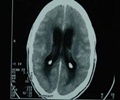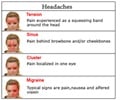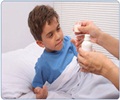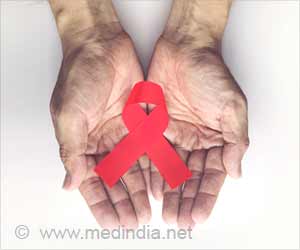According to a study a diagnosis of meningitis in childhood was associated with lower educational achievement and economic self-sufficiency in adult life.
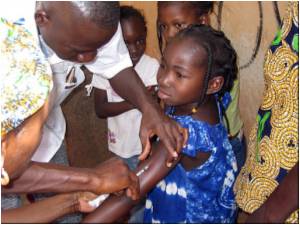
Casper Roed, M.D., of Copenhagen University Hospital, Copenhagen, Denmark, and colleagues conducted a study to estimate educational achievement and economic self-sufficiency among children surviving bacterial meningitis compared with the general population. The nationwide population-based cohort study used national registries of Danish-born children diagnosed as having meningococcal, pneumococcal, or H influenzae meningitis in the period 1977-2007 (n=2,784 patients). Comparison cohorts from the same population individually matched on age and sex were identified, as were siblings of all study participants. The end of the study period was 2010. The primary measured outcomes were cumulative incidences of completed vocational education, high school education, higher education, time to first full year of economic self-sufficiency, and receipt of disability pension and differences in these outcomes at age 35 years among meningitis patients, comparison cohorts, and siblings.
The study included persons who had a history of childhood meningococcal (n=1,338), pneumococcal (n=455), and H influenzae (n=991) meningitis. Among meningococcal meningitis patients, an estimated 11.0 percent fewer (41.5 percent vs. 52.5 percent) had completed high school and 7.9 percent fewer (29.3 percent vs. 37.2 percent) had obtained a higher education by age 35 compared with members of the population comparison cohort. For pneumococcal meningitis patients, by age 35, an estimated 10.2 percent fewer (42.6 percent vs. 52.8 percent) and 8.9 percent fewer (28.1 percent vs. 37.0 percent) had completed high school and higher education compared with members of the population comparison cohort.
Among H influenzae meningitis patients, 5.5 percent fewer (47.7 percent vs. 53.2 percent) had completed high school and 6.5 percent fewer (33.5 percent vs. 40.0 percent) had completed higher education by age 35 years compared with members of the population comparison cohort.
The authors also found that at end of follow-up, an estimated 3.8 percent, 10.6 percent, and 4.3 percent fewer meningococcal, pneumococcal, and H influenzae meningitis patients, respectively, had been economically self-sufficient compared with the individuals from the comparison cohort, and 1.5 percent, 8.7 percent, and 3.7 percent, respectively, more patients received disability pension.
"Siblings of meningococcal meningitis patients also had lower educational achievements, while educational achievements of siblings of pneumococcal and H influenzae meningitis patients did not differ substantially from those in the general population," the researchers write.
Advertisement
"Our study suggests that children diagnosed as having pneumococcal or H influenzae meningitis may benefit from follow-up into adulthood to identify those who could potentially benefit from psychosocial support."
Advertisement

